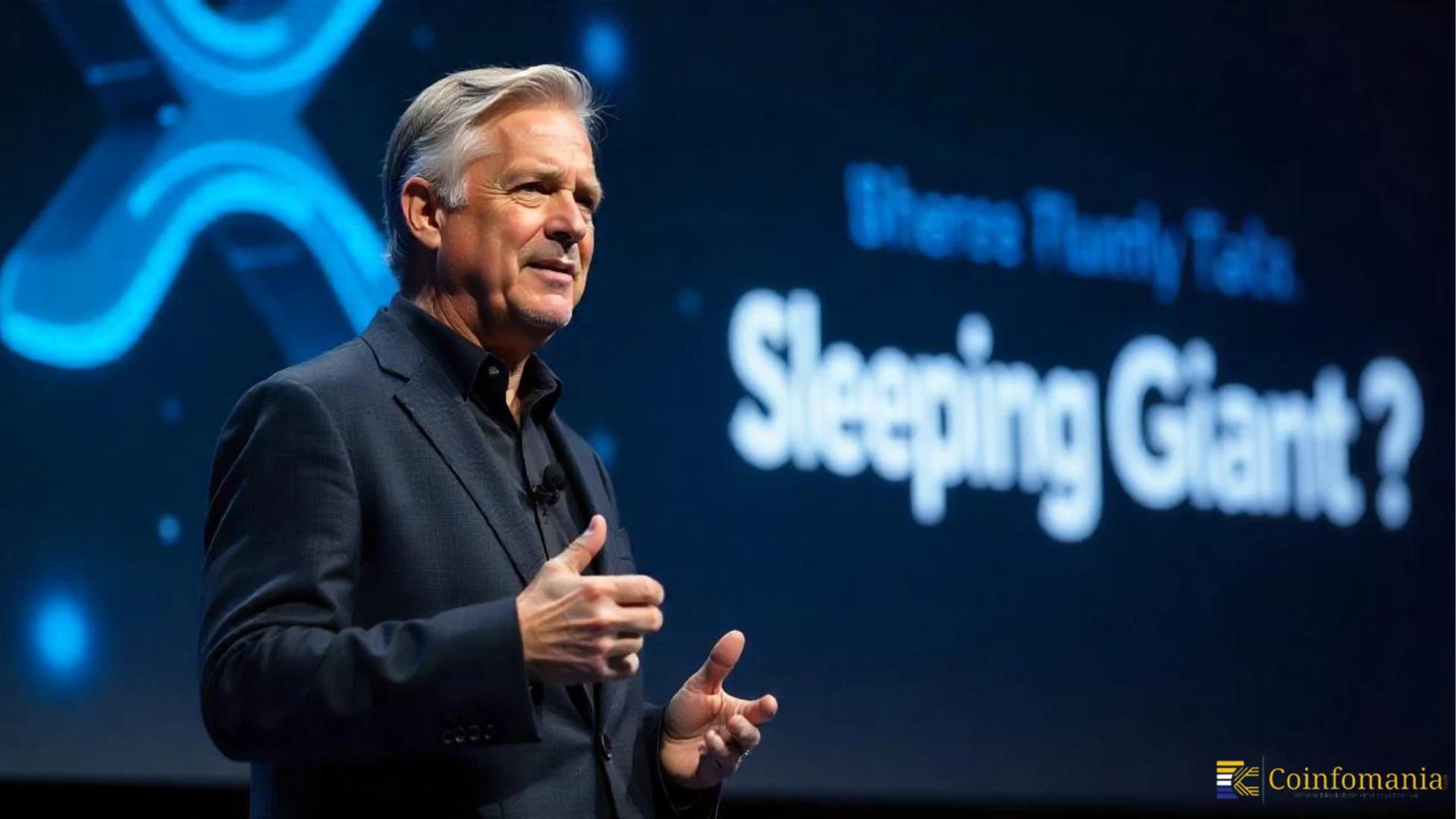XRP Is a ‘Sleeping Giant,’ Says Prominent Founder: Here’s Why That May Be True
XRP, often seen as a "sleeping giant," is gaining momentum with key institutional partnerships, regulatory clarity, and expanding real-world use, positioning it to transform global cross-border payments.

In the fast-moving world of cryptocurrency, tokens rise and fall in the spotlight every day. But according to the well-known founder of Alpha Lions Academy, Edoardo Farina, one digital asset that’s long been underestimated might be gearing up for a powerful comeback: XRP.
Described as a “sleeping giant,” XRP is being reevaluated by investors and blockchain experts alike for its potential to reshape the global financial landscape, especially now that regulatory hurdles are starting to clear and new real-world use cases are gaining traction.
Backing from Major Institutions
One of the most compelling reasons behind XRP’s “giant” status is its deep connection to major financial players. Through its parent company, Ripple, XRP has inked partnerships with well-known banking giants like Bank of America, Santander, and Standard Chartered.
These alliances aren’t just PR stunts. Ripple’s cross-border payments system is actively being used to move money globally at a fraction of the cost and time traditional banking systems require. Many see this as the core of XRP’s future dominance: it’s not trying to be just another digital asset; it wants to be the bridge currency for global finance.
Legal Clarity Changes the Game
XRP has spent years clouded by regulatory uncertainty, particularly due to the U.S. Securities and Exchange Commission (SEC)’s lawsuit against Ripple. But that cloud started to lift in 2023, when a judge ruled that XRP is not a security, a crucial legal distinction that gives it the green light to operate more freely in U.S. markets.
This decision not only restored confidence among retail investors but also opened the door for institutional buyers to return to the token. Ripple has since resumed selling XRP to institutions, signaling that the company is preparing for aggressive expansion now that legal barriers have eased.
Real Utility: On-Demand Liquidity
One of the features that separates XRP from other altcoins is its real-world utility, especially its role in Ripple’s On-Demand Liquidity (ODL) product. ODL uses XRP to eliminate the need for pre-funded accounts when transferring money across borders.
With this model, businesses and banks can move large sums instantly, without the friction and costs tied to traditional SWIFT transactions. This use case is no longer theoretical—it’s being tested and implemented globally, especially in emerging markets where faster, cheaper payments are desperately needed.
Recent reports show Ripple expanding its ODL corridors into Asia, Africa, and Latin America, which could dramatically increase XRP’s demand and circulation.
Looking Ahead: A Global Financial Tool?
Interestingly, interest in XRP isn’t just coming from the West. Countries like Russia have reportedly tested the XRP Ledger (XRPL) for cross-border functionality, adding another layer of legitimacy to its global relevance.
With increasing adoption, powerful partnerships, and legal clarity now behind it, XRP is in a strong position to finally live up to the promise it showed years ago.
Follow us on Google News
Get the latest crypto insights and updates.


